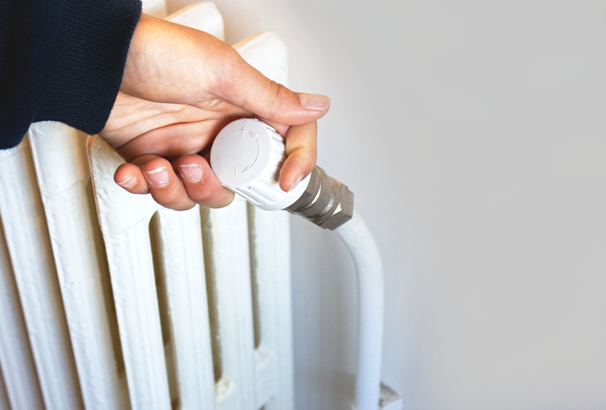Although Utah’s winters are stunning, the cold may be difficult on your house. If you are not prepared for the winter, the snow, ice, and freezing temperatures of the season can cause serious damage to your home. In addition to setting up furnace maintenance appointments, here is a brief guide to winterizing your house.
1. Prevent Drafts
Your home will remain nice and warm thanks to adequate insulation, which saves you money on heating. Insulate key spaces, including the attic, basement, crawlspace, external walls, and outside switch plates, to retain hot air inside.
A drafty window or door should be sealed to keep warm air inside. With caulking and weather stripping, locate any openings that let cold air in, such as edges, hinges, and meeting points.
2. Keep Up With Your Furnace
Make sure it is in good working order because your heating system is a crucial component of your house throughout the winter. A competent HVAC contractor should be contacted to schedule furnace repairs and tune-ups, ideally before the first frost. As a result, there are fewer emergency calls and technicians are always available.
The specialist will do preventative maintenance, a thorough equipment inspection, a filter replacement, an assessment of the safety features, and a furnace check-up.
3. Check the Fireplace
Inspect your fireplace’s parts for cold air leaks if you have one in your Utah house. Make sure there are no drafts coming in through cracks or improper closures, regardless of the sort of fireplace you have. Clear the area of any obstacles and combustible debris before checking the stonework for cracks or open seams that require filling.
Hire a chimney sweep rather than doing it yourself if it has been a while since your chimney was cleaned. Another smart move is to hire a pro to inspect your fireplace and chimney.
To stop cold air from coming through the chimney, thoroughly seal any fireplaces that are not in use.
4. Prune Tree Limbs
If they fall during a winter storm, overhanging branches can seriously harm your home and disrupt your family’s life. By allowing water to collect and eventually leak through cracks in the siding or roof, they can also result in moisture damage.
In order to prevent similar accidents, trim the branches. Keep a minimum of three feet between your house and any nearby trees.
5. Make Gutters Clear
Look for cracks, sagging, and loose joints in the gutter system. Have any of these problems corrected if you discover them to ensure adequate water runoff. Additionally, check your gutters and downspouts to make sure there are no nests, dried leaves, or twigs clogging them. Keep in mind that frozen material weighs a lot more and can drag the gutter down, damaging the roof.
Ensure You’re Prepared
Winterization need not be difficult, but it must be carried out at the right time. Make sure you’re prepared before the weather turns cold. Your home will appreciate it!









